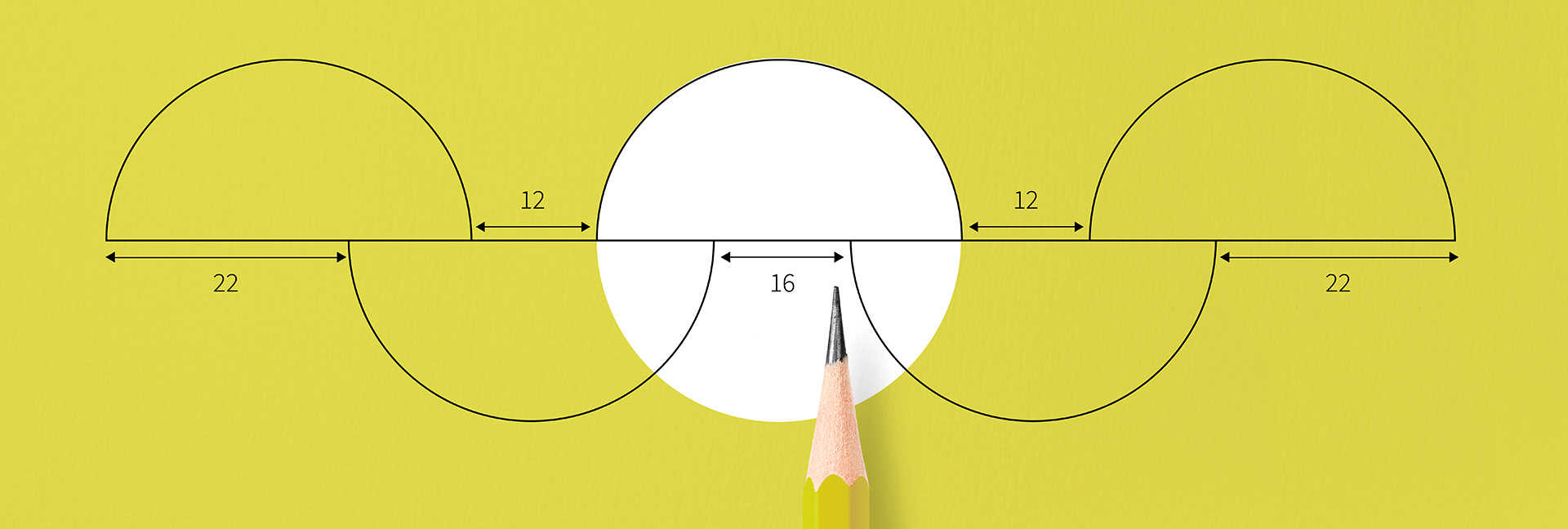
New year, new school, new opportunities for growth! Read our article as we share some tried and true tips for parents and children in the lead up to the first day of primary school.
A Whole New World Awaits
New classmates, new teachers, new school environment — your child’s tiny world is about to get a lot bigger. With these changes come opportunities for personal, social and cognitive growth.
The Countdown And Preparation Begins
In these weeks as you count down to your child’s first day of school, you may be wondering, “What will school be like for my child? Will my child be able to cope in the new environment?”
Parents can help by being proactive — research from professionals at Duke University suggests that establishing a strong communication channel with your child’s teachers helps and so does monitoring changes in your child's behaviour or mood when he or she first starts school.
Whether at home or in school, we’ve got some great tips for every stage of preparation that will help you (and your child) pave a smooth journey towards the new school term in January.
1. Create A Routine That Works
Studies have shown that routines help children feel safe and secure. Set up a routine that works for your child — whether it’s a shower before dinner or an afternoon snack before naptime, it’s important that your child gets into a routine that he or she is comfortable with.
2. Identify Friendly Figures In School
Helping your child identify teachers or staff he or she can go to for assistance is important. When your child recognises trustworthy figures of authority, he or she will feel more secure in the new environment.
Related Article: Gear Up For Primary 1
3. Prepare An 'Emergency' Fund
You may want to consider setting aside an “emergency fund” for your child. Placing extra money in a separate wallet or purse to be kept in his or her school bag means that your child will still have access to money if he or she misplaces pocket money. However, you should set some strict rules about when this money can be used.
4. Test Out That Transport Route
It may be a good idea to have a few dry runs of your child’s journey to and from school to help your child familiarise himself or herself with the route. Help your child identify key landmarks and remember the specific place where he or she will be dropped off or picked up from everyday.
Related Article: Raising A Responsible Child
5. Set Mini Goals To Achieve Together
Help to make the experience seem less daunting by setting mini goals for the first day of school. Start with small tasks like “Leave the house on time” or “Remember to bring my water bottle home” or “Meet one new friend in class today”. These mini goals give your child something to look forward to on his or her first day of school!
Download Our Special Guide To Surviving And Thriving In Primary 1
The Learning Lab would like to extend our help as you and your child are preparing for Primary 1 and the new adventures that lie ahead. Download our fun and informative guide filled with 25 great tips to help your child survive and thrive in Primary 1!
In 2019, PSLE Maths students were faced with a particularly complicated question involving circles in Paper 2.
Many parents pointed out this question goes beyond the Primary 6 curriculum.
After examining the question, we deduced that this particular question was set to differentiate students who are able to logically and effectively solve problems.
This question required students to use their critical and analytical thinking skills, and only very minimal mathematical skills to go about solving it, as you will see below from the three different methods students can use to solve the question.
Let’s take a look at the question that perplexed hundreds of PSLE students.
The Circle Question
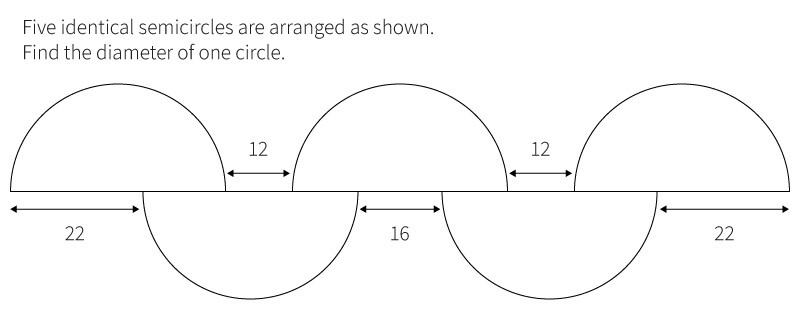
Before we start thinking about how to solve the problem, we should first analyse the question. In the statement presented, it is important to note that the semicircles are identical, which means the lengths of each semicircle are identical. The next important point to note is that the distance placed between them slightly differs.
The key here is to focus on the overlapping portions.
Method 1: Model Drawing
Shade the overlapping lengths of the circle and label them respectively. If they are of equal length, give them the same label, like so.
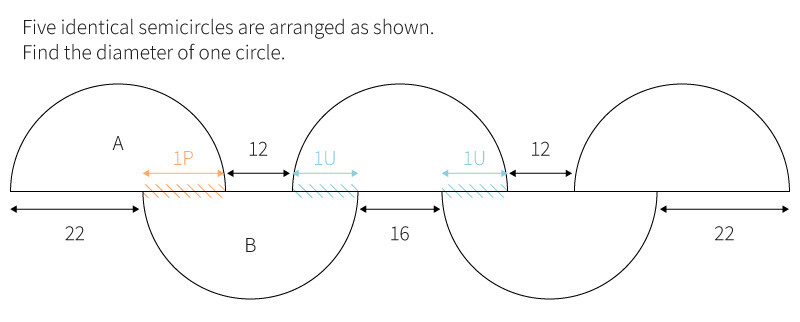
After which, you can draw a model based on the various lengths you can see. When you convert it to bars, it is easier to see the different parts.
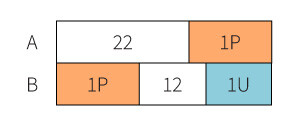
Following the drawing of the rudimentary model, you can rearrange the units around each bar for more clarity like so.
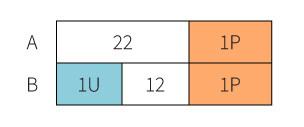
From here you can find out the diameter with some simple maths equations.
1U = 22 – 12
= 10
Diameter = 10 + 16 + 10
= 36
Method 2: Equation Method
The equation method is essentially the same as the model method. For students who can internally rationalise and visualise the differing lengths, they will be able to solve it simple by shading and labelling the different lengths.
22 + 1P = 1P + 12 + 1U
1U = 22 – 12
= 10
Diameter = 10 + 16 + 10
= 36
Method 3: Restate the Problem
Since we know that the semicircles are identical, we can rearrange them and pack them up as seen below, revealing the different lengths which can then be added and subtracted accordingly.

Diameter = (22 + 16 + 22 ) – (12 + 12 )
= 60 – 24
= 36
Creative Thinking for Mathematical Questions
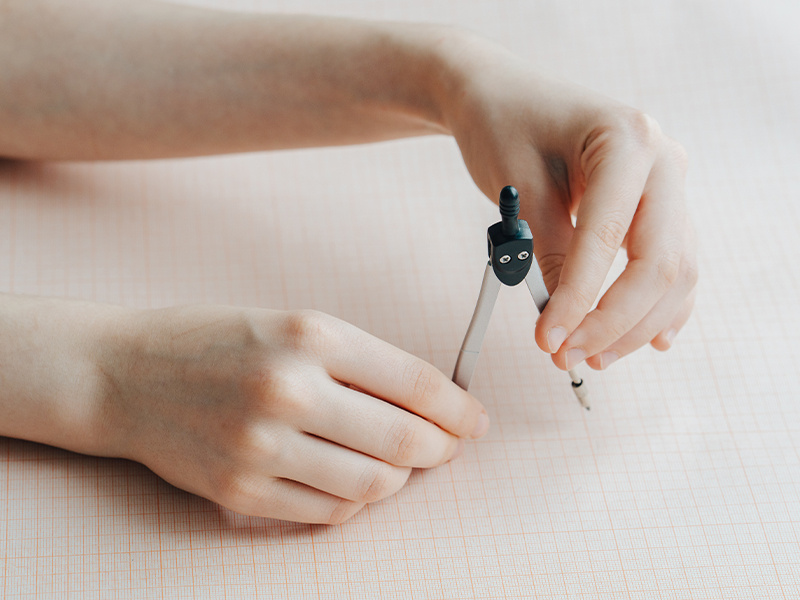
In The Learning Lab’s Maths classes, we expose our students to numerous ways to go about solving Maths problems, utilising different heuristics and thinking out of the box to infer answers.
We always emphasise that rote learning is not the way to truly learn and master a subject. We encourage and advocate associative and active learning, and constantly expose our students to more than the model answer or "best" method to solve a question.
This is why we constantly revisit challenging mathematical problems like the one above and demonstrate many various methods that our students can employ to solve it.
In fact, every year, our curriculum specialists curate worksheets that feature the challenging and unique questions found in PSLE Maths papers for our Primary 4 and 5 students.
We go the extra mile in compiling these questions and brainstorming about all possible solutions for the answer so that our students can learn how to tackle such mathematical questions like this in their own way, and with the best method they deem fit.
Your child can greatly benefit from learning how to critically solve Maths question like this. Click here to find out more about our Maths programmes.
Find out more about our Maths programmes here.
The Learning Lab is now at locations. Find a location that suits your needs.
If you have any questions about our programmes, please email us at enquiry@thelearninglab.com.sg or call us at 6733 8711 and we will be happy to assist you.

